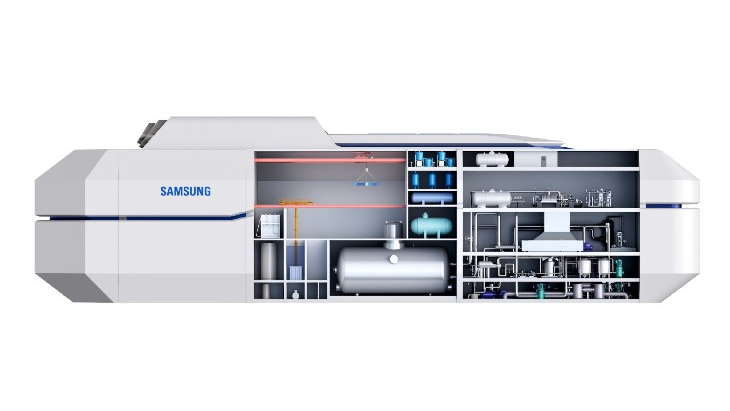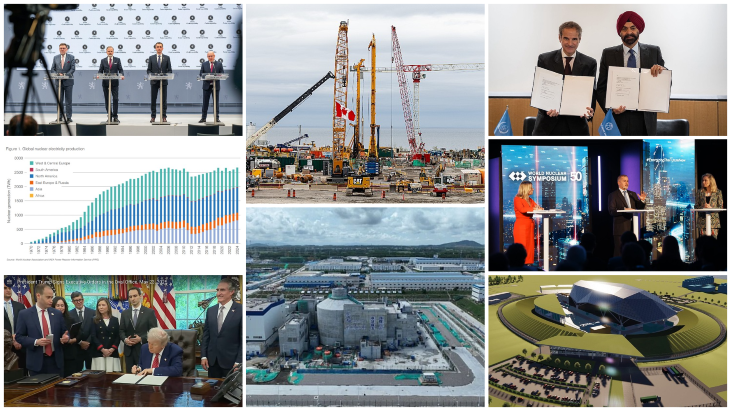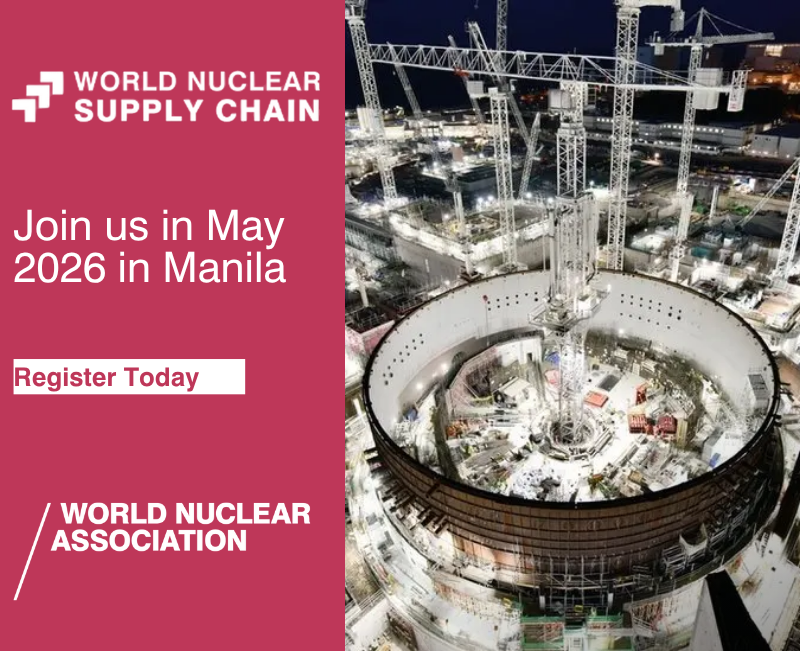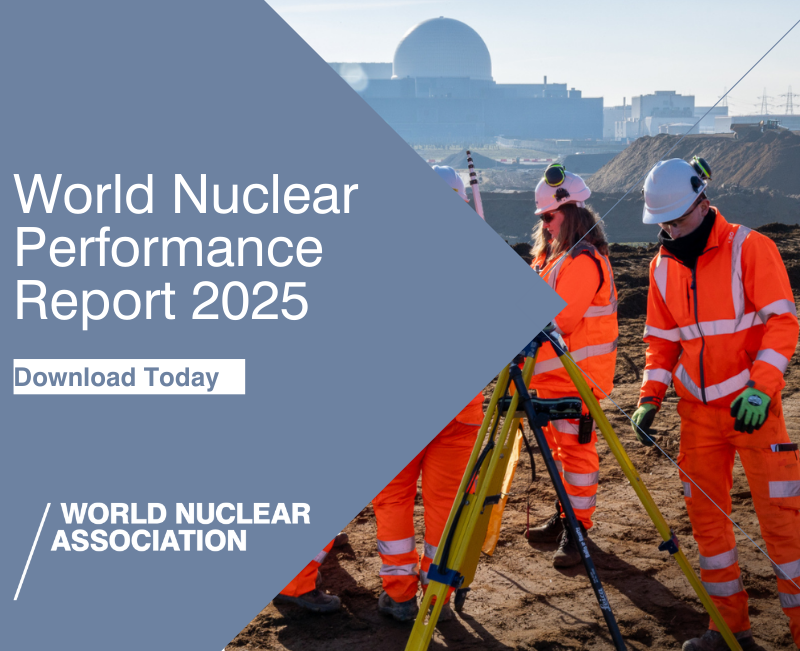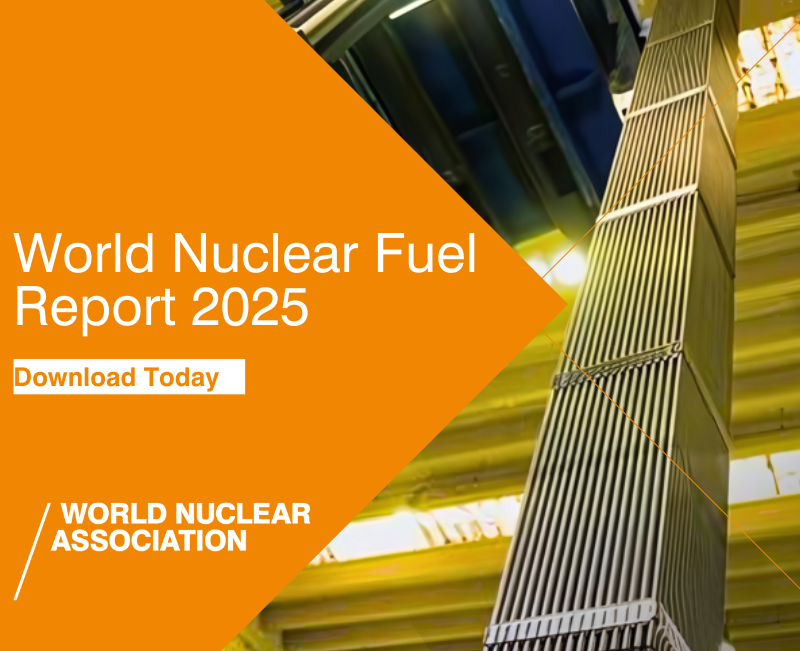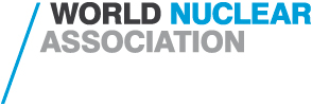At a meeting yesterday, NRA commissioners approved new rules - proposed in April - that would allow the regulator to suspend operation of units at which construction of bunkered back-up control centres has not been completed by deadlines set for individual plants.
The back-up control centres are a requirement of new regulations introduced in July 2013 in response to the March 2011 accident at the Fukushima Daiichi plant. The NRA ruled in November 2015 that such facilities must be completed within five years after regulatory approval of each plant's engineering and construction work programme. That programme is the second step in NRA's three-step process of assessing reactor safety prior to restart. The third and final stage includes pre-operational inspections to ensure the unit meets new safety requirements.
The NRA commissioners agreed to certain conditions on implementing the new rules. These include that if construction of the back-up control centre is incomplete about six weeks before the deadline for completion, the NRA can decide to let the operators have a chance to explain about the delay.
If a centre is still not completed about a week before the deadline, the NRA can order the utility to suspend operation of the reactor. Under the new rules, an operator must place a unit in cold shutdown - where coolant water is at less than 100ºC - within a day of the unmet deadline.
All of Japan's operational nuclear reactors were gradually taken off line following the accident at Fukushima Daiichi.
Unit 1 of Kyushu Electric Power Company's Sendai plant in Kagoshima prefecture was the first reactor to be restarted in August 2015, followed by Sendai 2 in October that year. Unit 3 of Kansai Electric Power Company's Takahama nuclear power plant in Fukui prefecture resumed operation on January 2016, with unit 4 restarting the following month. However, both units were forced to shut down and remove fuel for a time by a court injunction, which was lifted in March 2017.
Under the regulations, Kyushu has until March 2020 and May 2020 to compete the back-up control centres at Sendai units 1 and 2, respectively. Kansai has until August 2020 to complete the facility for Takahama 3.
However, both utilities have already informed the NRA that they expect construction of those facilities to be delayed by about one year. Other utilities have also said there will be delays of up to two-and-a-half years in completion of back-up centres at their reactors.
So far, nine of Japan's 39 operable reactors have cleared inspections confirming they meet the new regulatory safety standards and have resumed operation. These are: Kyushu's Sendai units 1 and 2 and Genkai units 3 and 4; Shikoku's Ikata unit 3; and Kansai's Takahama units 3 and 4 and Ohi units 3 and 4. Another 16 reactors have applied to restart.

.jpg)



_47120.jpg)
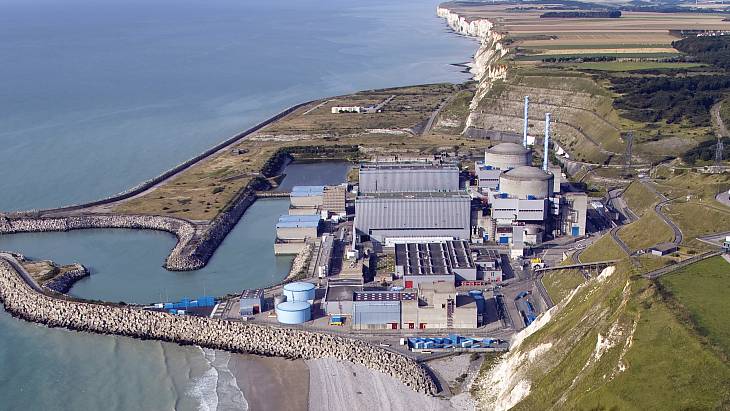
_23621.jpg)
